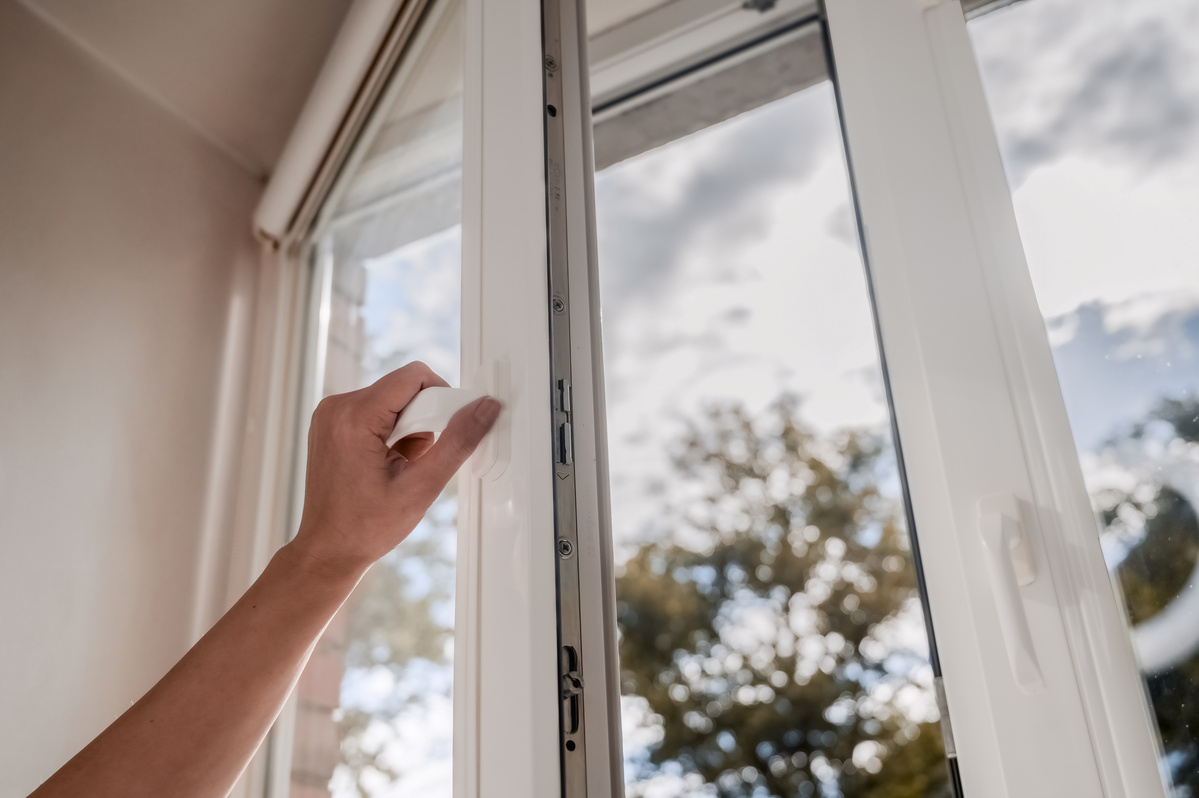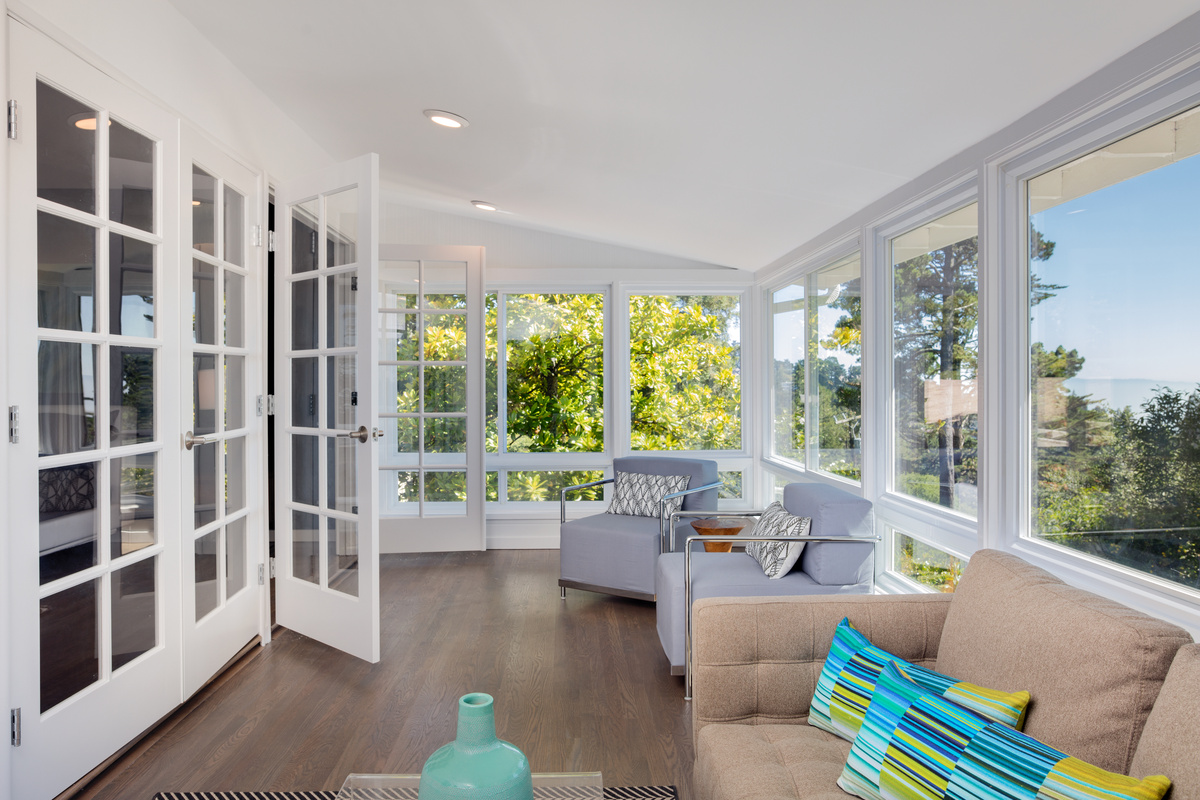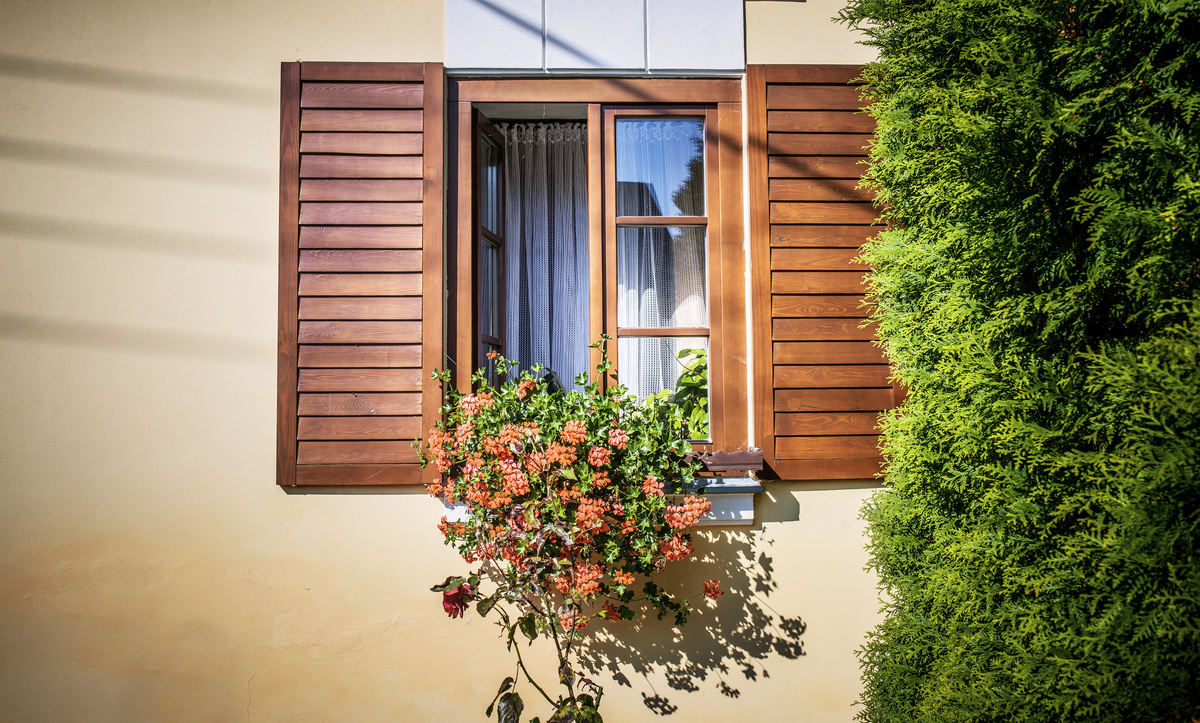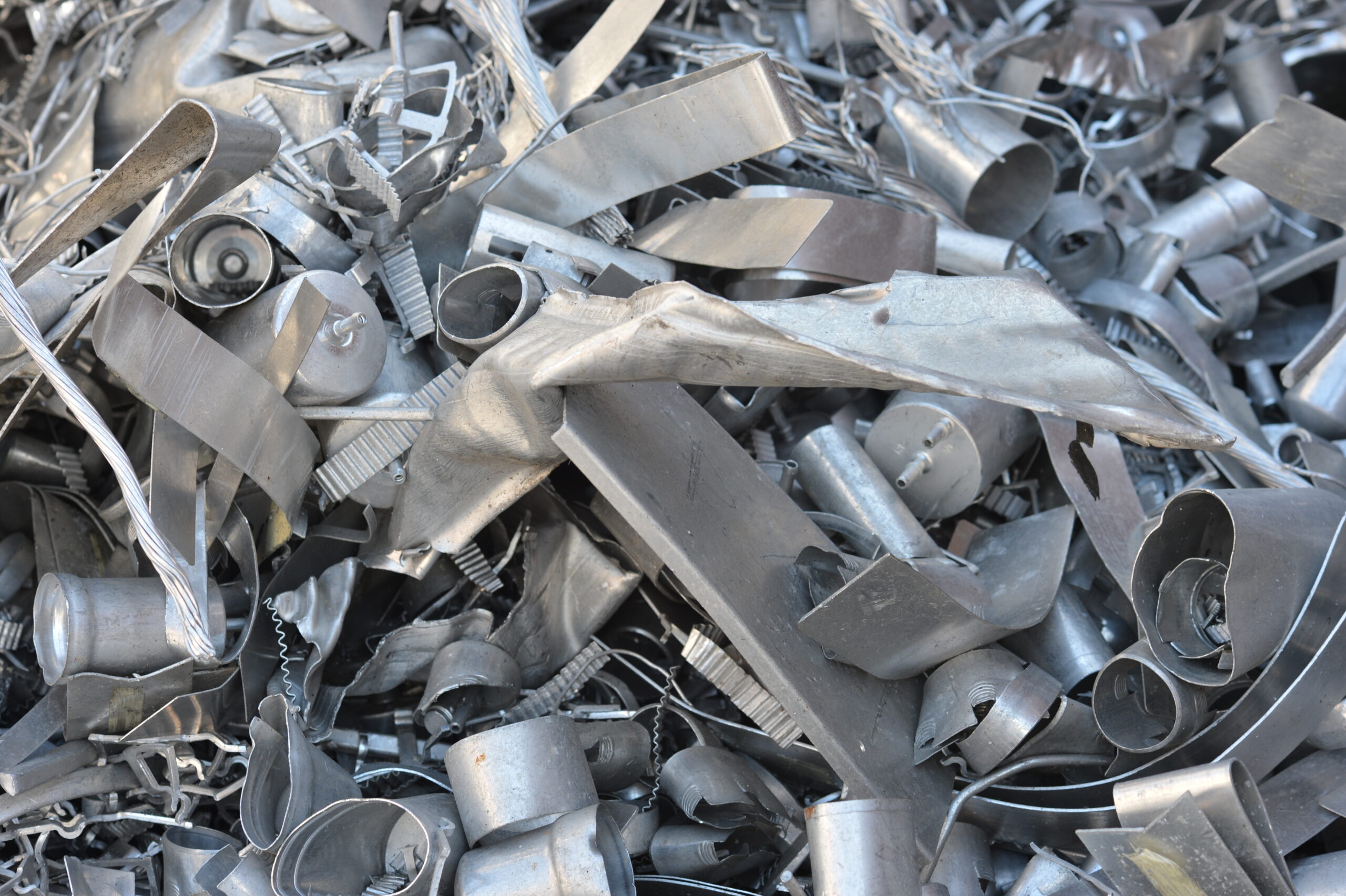Insulating windows is the simplest and least expensive option for improving comfort levels in your home, making it warmer in winter and reducing your monthly energy bills.
Below are six ways to insulate your windows in winter, from the simplest and cheapest to the most efficient. It is possible to combine them, and using all six will certainly keep your home warmer!
1. Blinds and curtains
Curtains are really effective at keeping heat indoors, especially thermal curtains, and they stop cold air from entering and circulating around the room by creating a layer of insulation. You can also use thermal blinds to minimize cold air coming through your window panes. Both thermal roller blinds and curtains provide more insulation for your windows than slatted blinds do. However, by combining slatted blinds with curtains, you can benefit from the insulation that curtains provide and adjust the light using your blinds.
2. Window film
This is a transparent film that is applied to the inside of your windows, acting as a barrier between the inside of your home and your windows, reducing heat loss and the entry of cold air from the outside. Window film is one of the cheapest ways to insulate your windows, including sliding windows and is an easy solution that requires zero maintenance and doesn’t affect the level of sunlight or appearance of your windows.
3. Caulk
If there are gaps in or around the window frame that are 6 cm wide or less, you can insulate them using water-based latex caulk. This is also an inexpensive insulating product which is easy to apply. However, because of changes in temperature and humidity throughout the year, you will probably need to reapply it every year, as windows will naturally expand and contract. For extra insulation, caulk can also be applied to the outside of your windows.
4. Weather sealing strips
Weather sealing strips can prevent heat loss through the movable parts of your windows, like gaps between the window sash, or door and frame. You can use weather-resistant EPDM rubber, foam or felt strips which can be cut to size and applied to cover any gaps in your windows. These seals are cheap and easy to use, although they will need to be removed when you want to open your windows in the warmer months.
5. Secondary glazing
If you have the means and want a longer-term solution to insulate your windows, secondary glazing, like window film, creates an insulating layer between the inside of your home and your windows to stop cold air from getting through. To install secondary glazing, a professional installer attaches an extra pane of glass on a slim frame to the inside of your windows which can be opened or closed. Like window film, this product improves insulation efficiency without affecting the level of sunlight or the appearance of your windows and can be used to insulate sliding windows. However, it is considerably more expensive than the previous options.
6. Double or triple glazing
The last and most effective option is double or triple glazing. This is a similar idea to secondary glazing, but a lot more ‘high-performance’. Double or triple-glazed windows have two or three panes of glass as well as highly-insulated frames. Consequently, these products perform very well in terms of insulating your home effectively from the cold. However, the cost of installing these is a significant consideration, especially if you rent your home. Furthermore, in older, listed properties it may not be permitted to replace single-glazed windows with modern double-glazing.






